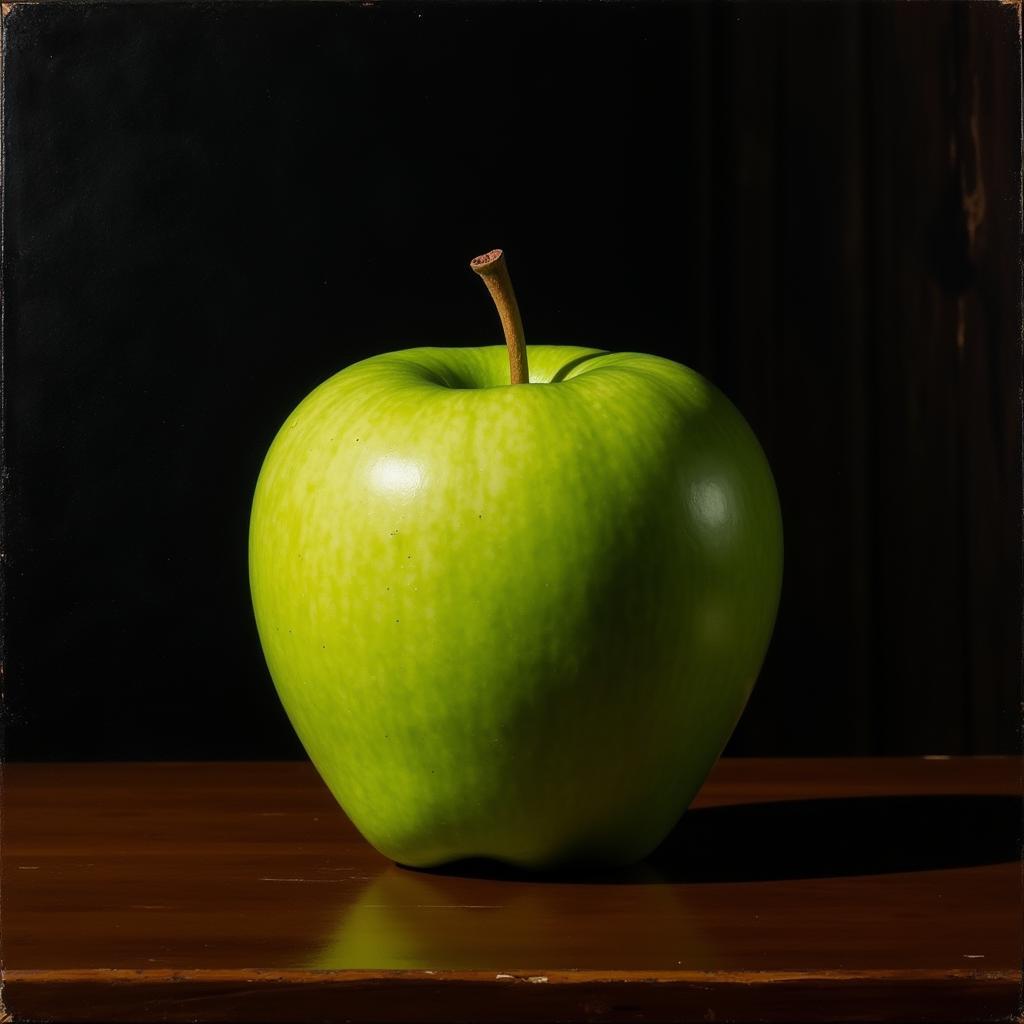Unveiling the AP Studio Art Curriculum: Your Gateway to Creative Excellence
The Ap Studio Art Curriculum offers a unique opportunity for high school students to immerse themselves in the world of visual arts. This rigorous and rewarding program is designed to foster artistic growth, critical thinking, and a deep understanding of the creative process. Whether you aspire to pursue a career in art or simply wish to expand your artistic horizons, the AP Studio Art curriculum provides a solid foundation for your journey.
Exploring the Core of the AP Studio Art Curriculum
khoi-vang-ve-nghe-thuat-ap-studio|Khối vàng về nghệ thuật AP Studio|A golden cube with the words “AP Studio Art” engraved on each side, representing the valuable foundation this curriculum provides.>
At its core, the AP Studio Art curriculum emphasizes the development of a student’s artistic voice and the ability to communicate ideas through a chosen medium. Unlike traditional art classes that focus on technical skills alone, AP Studio Art encourages students to explore their creativity, experiment with different approaches, and develop a cohesive body of work that reflects their personal vision.
The Three Pillars of AP Studio Art
The curriculum is structured around three main pillars:
- 2D Design Portfolio: This option allows students to showcase their skills in drawing, painting, printmaking, and other two-dimensional art forms.
- 3D Design Portfolio: For students interested in sculpture, ceramics, installation art, and other three-dimensional disciplines, this portfolio provides the platform to exhibit their mastery.
- Drawing Portfolio: This portfolio focuses exclusively on drawing skills, encompassing a wide range of drawing media and techniques.
Delving into the Portfolio Requirements
hoc-sinh-dang-thuc-hanh-ve-chan-dung-cho-portfolio-ap-studio|Học sinh đang thực hành vẽ chân dung cho Portfolio AP Studio|A high school student meticulously sketching a portrait, showcasing the dedication and skill required for the AP Studio Art portfolio.>
Each portfolio requires students to submit a collection of their best work, demonstrating their artistic growth and conceptual understanding throughout the year. The portfolio is typically divided into three sections:
- Quality: This section features 5 completed artworks that represent the student’s highest level of achievement.
- Concentration: This section showcases 12 artworks centered around a specific theme or concept, demonstrating the student’s ability to develop and execute a cohesive body of work.
- Breadth: This section comprises 12 artworks that illustrate the student’s exploration of various materials, techniques, and conceptual approaches.
The Benefits of Embracing the AP Studio Art Curriculum
Choosing to undertake the AP Studio Art curriculum offers numerous advantages:
- College Credit and Placement: A successful score on the AP Studio Art exam can earn students college credit and advanced placement in art programs at many universities.
- Enhanced Artistic Skills: The rigorous curriculum pushes students to refine their technical skills and develop a deeper understanding of their chosen medium.
- Portfolio Development: The portfolio component provides students with a valuable asset for college applications and future artistic endeavors.
- Critical Thinking and Problem-Solving: The curriculum encourages students to think critically about their work, analyze artistic choices, and solve creative problems independently.
Is AP Studio Art Right for You?
nu-sinh-dang-cam-co-ve-tranh-trong-lop-hoc-ap-studio-art|Nữ sinh đang cầm cọ vẽ tranh trong lớp học AP Studio Art|A female student confidently holds a paintbrush, engrossed in her work during an AP Studio Art class, highlighting the program’s immersive and engaging nature.>
If you possess a passion for art, a willingness to dedicate time and effort, and a desire to push your creative boundaries, then the AP Studio Art curriculum may be an ideal fit for you.
Conclusion
The AP Studio Art curriculum provides a challenging yet rewarding experience for aspiring young artists. By embracing this curriculum, students can unlock their creative potential, build a strong foundation in visual arts, and prepare themselves for a future enriched by artistic expression.



